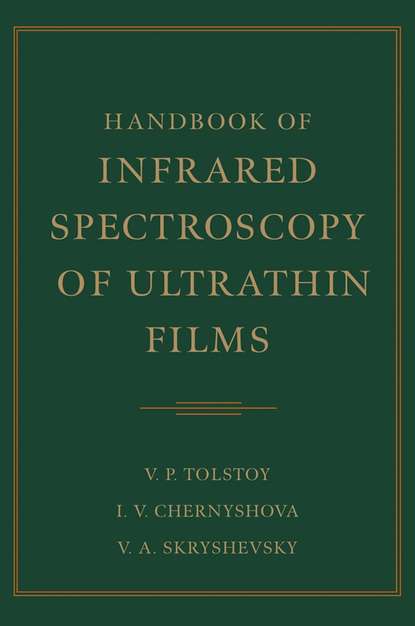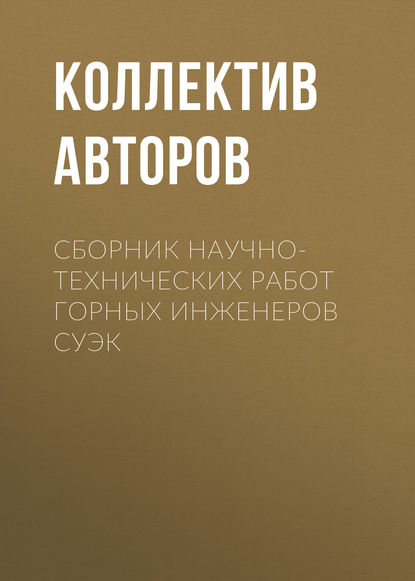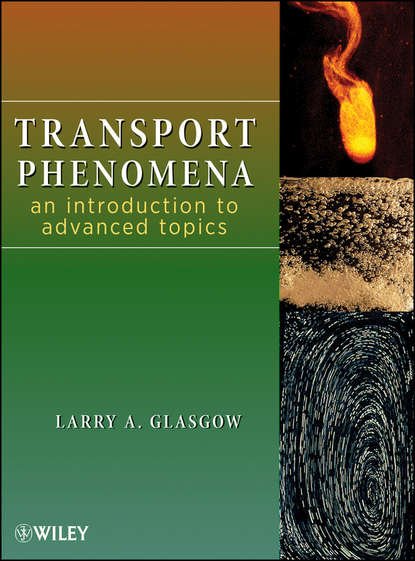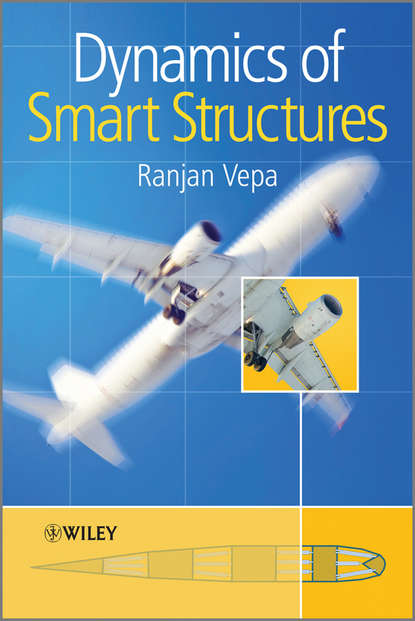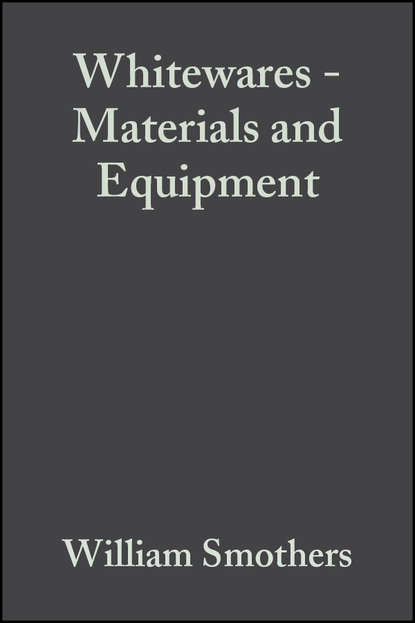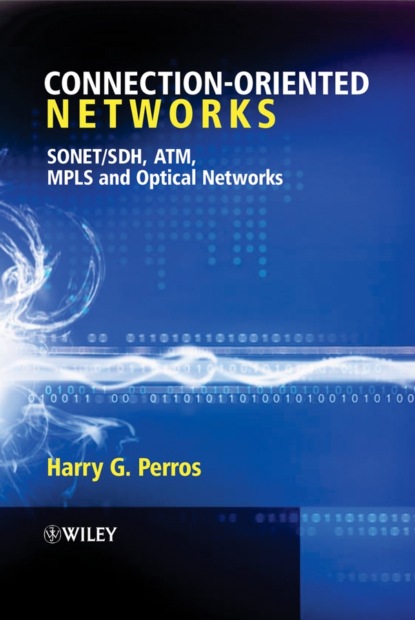Из-за быстрого распространения коммерчески доступных Фурье-спектрометров ИК-диапазона и компьютеров за последние десять лет стало возможным использовать ИК-спектрометрию для характеристики очень тонких пленок на расширенных межфазных границах. В то же время интерес к тонким пленкам резко возрос из-за их применения в микроэлектронике, сенсорах, катализе и нанотехнологиях. Справочник инфракрасной спектроскопии ультратонких пленок предоставляет практическое руководство по экспериментальным методам, современной теории и обширным справочным данным, критически важным для ученых, которые хотят измерять и интерпретировать ИК-спектры ультратонких пленок. Этот авторитетный том также:
Предлагает информацию, необходимую для эффективного применения ИК-спектроскопии к анализу и оценке тонких и ультратонких пленок на плоских и шероховатых поверхностях, а также на порошках на межфазных границах твердое-газообразное, твердое-жидкое, жидкое-газообразное, жидкое-жидкое и твердое-твердое.
Подробно обсуждает теорию, лежащую в основе методов.
Подробно описывает экспериментальные методы, включая оптимальные условия для регистрации спектров и интерпретацию спектров.
Предоставляет детальную информацию об оборудовании, аксессуарах и методах.
Предоставляет таблицы ИК спектроскопических данных в приложениях, включая первую компиляцию опубликованных данных о продольных частотах различных веществ.
Охватывает новые подходы, такие как поверхностно усиленная ИК спектроскопия (SEIR), спектроскопия ИК Фурье с разрешением по времени, высокоразрешающая микроспектроскопия и использование синхротронного излучения.
The rapid growth in the availability of Fourier Transform IR spectrometers, microscopes, and computational power over the preceding ten years has made it feasible to study very thin films by IR spectroscopy with improved precision. Simultaneously, there has been a massive growth in interest in the structural and physical properties of thin films due to their diverse applications in microelectronic devices, coatings, fiber-optic sensors, electrocatalysts, optics, biological, and geological research. , and nanoporous materials. The book, coauthored by Irina Chernyshova, provides practical guides for experimental methods for IR spectroscopy and up-to date theoretical underpinnings as well as crucial reference data needed for scientists seeking to analyze and interpret the complex effects of IR spectroscopy on central physical processes during IR measurements of bilayers, multilayers, nanolayers, nanoparticles, clusters, films, and other structurally complex systems. It addresses many important topics such as theory driving FTIR/microspectroscopic techniques, experimental techniques in public access, signal data interpretation options, typical instruments accessory kit details, simulation software examples and capabilities, new modalities and contexts, such as SEIR, time-resolved investigation, high resolution microscopy, microspectromicroscopies, and synchrotron and synchrospectromicroscopy, as well IR spectroscopic datasheets, an ensemble compiling the published peak frequencies lists. A notable example of this baseline work is the recent compilation of FTIR dispersion data for windows, glass, plastics, polymers, semiconductors, alloys, ceramics and metallic nanoparticles report released in 2017. Above all, the author combines her research experience as an experimental IR physicist and spectroscopic theorist to provide comprehensive content and state-of-the-art coverage for undergraduate and graduate students, postdocs, researchers, investigating thin film behavior and physicists broadly interested in IR nanotechnologies, advanced sensing systems, adsorption, microcalorimetry, surface science, and catalysis on a sub-100 nm scale.
This book is an authoritative reference offering comprehensive practical insights into experimental methodologies, current findings, and well-referenced data essential for those seeking to analyse and understand infrared spectra from ultrafine layers, both in flat and discontinuous surfaces, as well as in powdery structures based on solid, liquid, or gas-based interfaces.
Электронная Книга «Handbook of Infrared Spectroscopy of Ultrathin Films» написана автором Irina Chernyshova в году.
Минимальный возраст читателя: 0
Язык: Английский
ISBN: 9780471461838
Описание книги от Irina Chernyshova
Because of the rapid increase in commercially available Fourier transform infrared spectrometers and computers over the past ten years, it has now become feasible to use IR spectrometry to characterize very thin films at extended interfaces. At the same time, interest in thin films has grown tremendously because of applications in microelectronics, sensors, catalysis, and nanotechnology. The Handbook of Infrared Spectroscopy of Ultrathin Films provides a practical guide to experimental methods, up-to-date theory, and considerable reference data, critical for scientists who want to measure and interpret IR spectra of ultrathin films. This authoritative volume also: Offers information needed to effectively apply IR spectroscopy to the analysis and evaluation of thin and ultrathin films on flat and rough surfaces and on powders at solid-gaseous, solid-liquid, liquid-gaseous, liquid-liquid, and solid-solid interfaces. Provides full discussion of theory underlying techniques Describes experimental methods in detail, including optimum conditions for recording spectra and the interpretation of spectra Gives detailed information on equipment, accessories, and techniques Provides IR spectroscopic data tables as appendixes, including the first compilation of published data on longitudinal frequencies of different substances Covers new approaches, such as Surface Enhanced IR spectroscopy (SEIR), time-resolved FTIR spectroscopy, high-resolution microspectroscopy and using synchotron radiation
